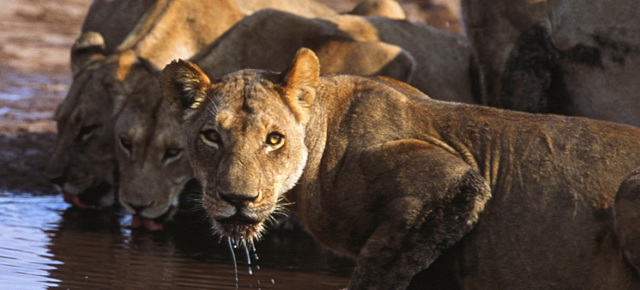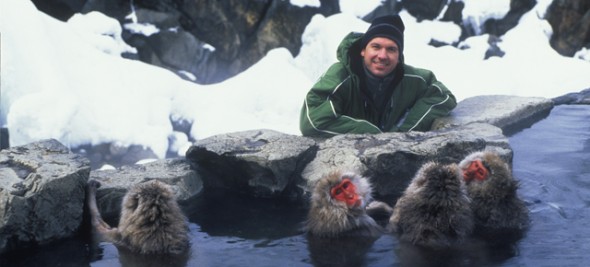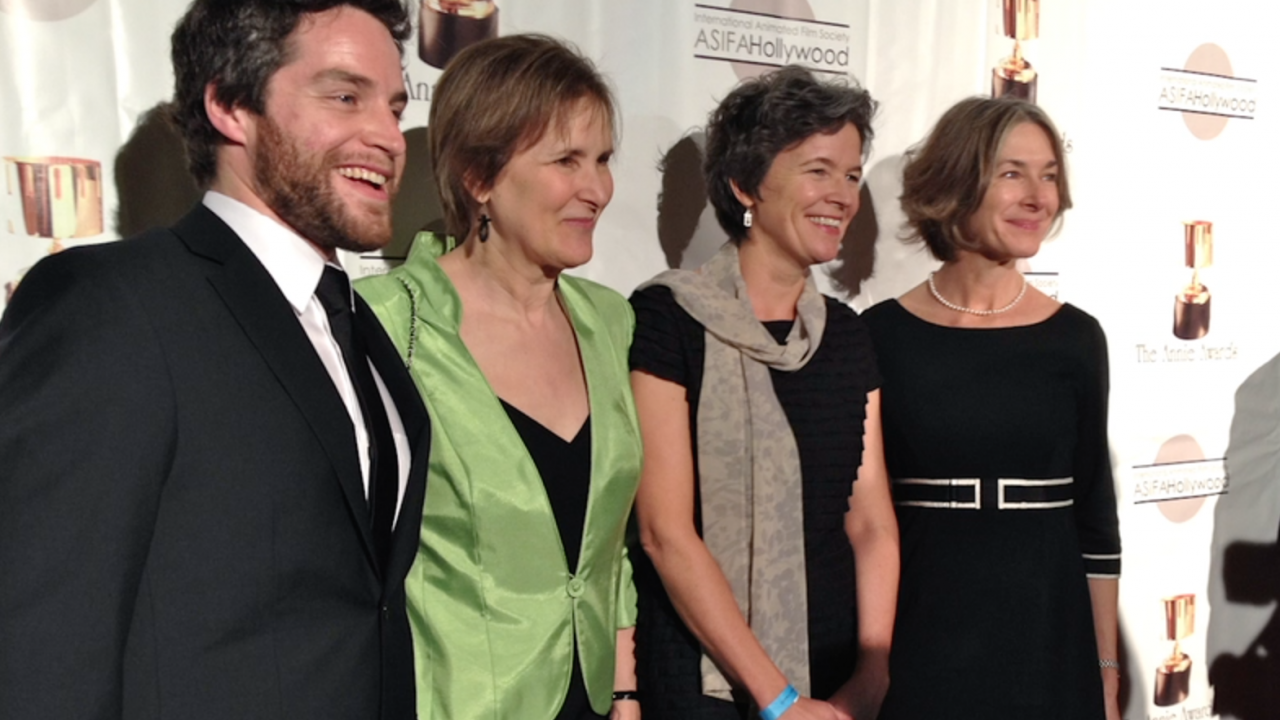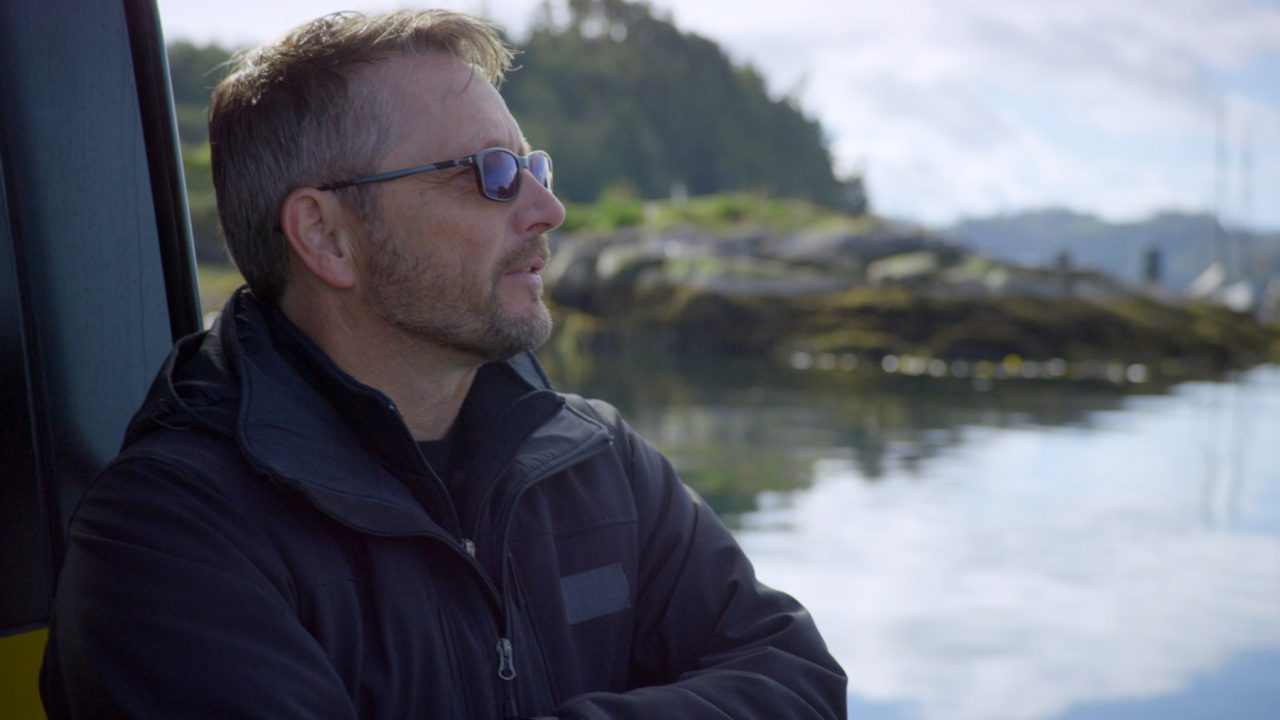
Science meets the paranormal and the animal kingdom
Science meets the paranormal and the animal kingdom
This is a guest post by David Finkelstein. David is an Ontario Certified Teacher who contributes regularly to the development of pedagogical guides for the NFB. As an educator, his focus is on the combination of hands-on and theoretical practices in the classroom. In writing this blog post, he learned lots of cool things, including how to make a mummy, how to fake a picture of a UFO, how macaques like to relax in hot tubs, and how kangaroos are born.
Inductive vs. deductive reasoning
The hypothesis is the foundation of scientific research, and it can be constructed in a variety of ways. As our classrooms transition towards the experiential learning model, it’s vital that students have the opportunity to create and test their own hypotheses. They have the greatest opportunity for success when this process is modelled for them first. Inductive or “bottom-up” reasoning focuses on using specific observations to show a general pattern. One of this method’s potential problems is the “inductive leap,” i.e., when making generalizations from specific observations, the generalization might not be correct every time. Deductive or “top-down” reasoning starts with a general idea and moves to the specific, testing existing theories by collecting experimental observations. When using deductive reasoning it is important to be aware of the process of exclusion known as “falsification.” You may not have proven that a given hypothesis is correct, but only failed to prove that it is incorrect.
Now available as part of the NFB’s Education collection, the Mystery Hunters and Be the Creature series give students the opportunity to journey alongside the shows’ hosts as they use both deductive and inductive reasoning to develop hypotheses about the world around them. When it comes to engaging middle-school students with science, it is vital to have interesting hypotheses and unique insights. These series explore life and social science using techniques geared directly to young scientists.
Exploring the mysteries of the unknown
Mystery Hunters features a young, dynamic duo exploring the mysteries of the unknown using scientific methodology. Throughout the series, they hunt for the truth about mummies, ghosts, urban legends, monsters and other unexplained phenomena. Joined by “Doubting Dave,” who showcases hands-on activities related to each topic, the Mystery Hunters provide multiple perspectives on their subjects. What is great about the series is how authentic their explorations are. In some episodes, a myth is debunked, while in others the truth remains unsolved. Many of Doubting Dave’s activities are perfect for the classroom, providing starting points for students to launch their own inquiry projects.
Living with animals
Be the Creature is a creation of the Kratt Brothers, who originally gained popularity due to shows like Zoboomafoo and Kratts’ Creatures. In this series, the brothers travel the globe, living with animals for days or weeks at a time in order to accurately depict life in the wild. They are even able to observe animals behaving in ways rarely captured on film, e.g., whales using a unique “beaching” technique to hunt sea lions. According to the Kratts, less than a dozen whales have been spotted using this technique. In another episode, the Kratt brothers study the daily habits of Japanese macaques and consider whether the activities of these primates constitute an example of true “culture.”
Showing students how the scientific method can be applied in unique ways adds excitement to the classroom and helps create a connection between the textbook and real life. Each series gives students the opportunity to challenge their own assumptions and develop their own supported hypotheses. Between the two shows, there is something for every classroom. I would highly recommend both series, especially for middle-school students. These episodes will help them appreciate just how important critical-thinking skills are, both for scientists and citizens of the earth.





Plus also, Game On, powered by Examiner, is a
select gtoup of reliable andd credible writers, giving you the latest gaming news, reviews,
interviews and previews. A new free online zoo ame from Bigpoint, Zoomumba also offers players the challenge
to run their own zoo by building habitats, buying animals,
and then breeding and carinjg for them while appeasing
visitors. Once kids find the magic of this animal, they will
recreate entire fantaies that revolve arund thhe pre-historic era.